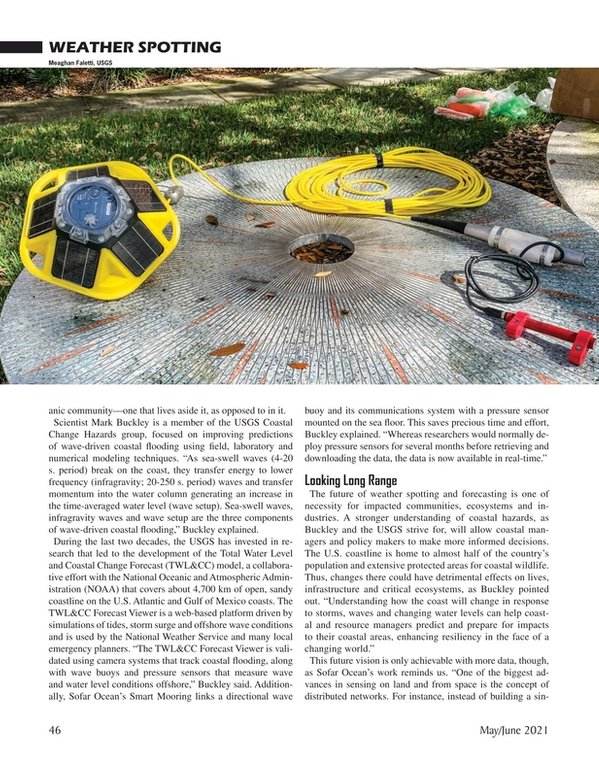
Trends in Marine Services for Subsea Telecoms
The market for marine services in support of the installation and maintenance of undersea telecommunications cables has matured over a period of more than 100 years to reach its present state of development. The largest providers of marine services (companies such as the Global Marine Group, SubCom, Alcatel Submarine Networks and Orange Marine) take different approaches to operations, but provide a mature and assured set of services that play a critical role in the industry.
Marine services support the suppliers of undersea cable systems (delivering 50,000 to 150,000 km per year) with various survey installation services. Also, essential services are provided to telecommunications cable owners and operators through maintenance and repair of about one million kilometers of currently installed cables.
The market can be further segmented by processes required in the telecommunications cable marketplace. This includes activities such as feasibility and desktop study, software and charting services, survey and route engineering, marine installation (shallow and deep water), cable jointing technology, provision of equipment to marine service providers and personnel services to resource these activities.
Let's dive into the latest trends we’re seeing in the marine services sector.
Vessels
For submarine telecommunications cable marine services, a recent report prepared by Pioneer Consulting provided details of 21 survey vessels and 65 active cableships capable of operating with cables at full ocean depth. Over the last 10 years there has not been a significant retirement of cable ships, and only eight new cableships were added to the global fleet. However, the average age of the current active cableship fleet is a notably old 25 years.
As before, there continues to be a balance between the conversion of old vessels for cable operations and the desire to build new vessels that require lower maintenance.
The typical cost for building and outfitting a new purpose-built installation cableship is over $100,000,000 USD and takes about two years to construct. Without the certainty of continued growth in the industry, the long-term commitment to maintenance and operating costs has made this initial investment difficult.
Still, new vessels have been launched and future vessels planned. Orange Marine recently announced the construction of a new vessel, C/S Sophie Germain, specially designed to optimize the repair of submarine cables. Notably, the new vessel makes a nod to the increasing importance of environmental footprint in the ship operation’s arena. The United States Navy has awarded contracts for the design of a replacement for their only dedicated cable ship, the USNS Zeus, and Kokusai Cable Ship (KCS) is building a vessel optimized for the installation of both power and optical telecommunications cables.
Over the last 10 years, the industry has seen a significant growth in the number of survey vessels available for performing marine cable surveys. Fugro and EGS continue to be the main providers for submarine cable surveys, but other installation companies, namely IT Telecom, Maritech, and Elettra, are providing services for marine cable surveys as well. With the purchase of C&C Technologies in 2015, Oceaneering International has also entered into the cable survey industry. There are currently about 21 active vessels equipped to perform cable route surveys. Some smaller companies own survey equipment kits that can be transported to project sites and mobilized on vessels of opportunity.
Services
The market for marine services for telecommunications cables continues to mature. In addition to highly visible large vessels, the market includes services such as:
- Shallow water installation and maintenance
- Cable Depots
- Desktop studies and route engineering
- GIS software and charting
- Cable awareness and cable protection
- Personnel resourcing
From small companies to large, the marine telecommunications services marketplace is common in one respect: the requirement for highly specialized services. Although the market is segmented into a combination of niche and vertically integrated players, at its periphery are a large number of small companies that together fill the gaps, leading to integrated solutions across the globe that provide service that meet a shared international standard. For the purchasers of marine services, this means that expectations are very clear, and must be met every time.
Submarine cable services exist within the larger network of cable system manufacturers, maintenance providers, and carriers - who are the ultimate customers for marine services. The 30-year trend towards telecommunications privatization and transition to non-carrier providers of telecommunication services (i.e., “tech” content providers) has led to increased competition and sensitivity to costs. Although there are some aspects of the market that remain from a time when telecommunications were globally regarded as a government service, this perspective has largely been replaced by a market-based approach. While global macroeconomic factors do have an effect on marine services, the dominant effects are nearer to home, with the oil, gas, and power cable sectors all relying on overlapping skills. This means that the prospects for the telecommunications services marine sector is significantly influenced (and could be dominated) by the same factors impacting the oil, gas, power cable, and wind farm marketplace.
To adapt to these changes, marine service companies are diversifying their portfolios. GMSL, ASN, and SubCom have all leveraged on their subsea telecom experience to support communications to offshore oil and gas assets and offshore observatories used by scientific research organizations. Few have chosen to leave the telecom sector, as, although less profitable, it can act as a counterpoint to the energy sector to allow multi-use resources to be shared across markets.
The Future
As we look to the future, some notable trends we expect to continue include:
- Greater shore end protection and deeper burial: Twenty years ago, one-meter burial was common. As industrial fisheries continue to extend their activities into deeper water, the requirements for greater cable protection at deeper depths continue to evolve as well. These trends have led to two-and three-meter burial, resulting in higher sea plow tow tensions becoming more common, particularly on high-capacity transoceanic systems.
- Deep-water armor for cable installations: Risks to undersea cables at deeper water depths, such as drifting Fishing Aggregating Devices and mass wasting due to deep water turbidity currents, have led to this necessary development.
- Increase system capacity in undersea cable and component design: Newer systems are starting to deploy cables with higher fiber counts and fiber switching repeaters and branching units. However, this is not expected to significantly impact marine services nor the quantity of deployed cable.
- Regional infill for submarine cable systems: While there will always be a need for transoceanic systems to be built or replace underserved routes, we see greater need for regional systems to meet the expansion of broadband intra-regionally. For marine services, this would indicate greater reliance on good route engineering, inshore cable protection, and the development of shallow water marine solutions to improve effectiveness of deployment and maintenance.
- Continuing technological developments to improve system reliability: Whether it’s the increased reliance on survey and lay software aboard vessels, faster signal processing, broadband access while at sea, or improved mechanical and electrical equipment, increasingly sophisticated solutions are needed to meet the exacting requirements of the end client.
- Stress in the marine maintenance marketplace: We see the possibility of changes to marine maintenance services causing potential problems, not least to small carriers and owners of capacity, who may find their needs considered less if the current status quo on consortium maintenance breaks down.
The changes we are witnessing reveal a maturing market that is adapting to meet the increasing demand for global connectivity. To achieve and maintain the welfare of worldwide broadband capacity, greater focus on reliability and resilience must continue to be addressed. We'll be watching the development of these trends with great interest.
Read Trends in Marine Services for Subsea Telecoms in Pdf, Flash or Html5 edition of May 2021 Marine Technology


